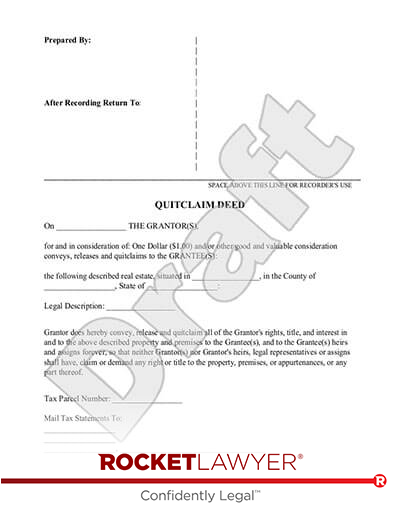You first need to identify who will be involved in the joint tenancy. Joint tenants typically possess equal rights and responsibility for the property. You can sometimes classify this so that different tenants have different percentages of ownership, but the default in most states is to split ownership equally.
The Deed itself can be drafted as a Quitclaim Deed or a Warranty Deed. You need to decide what you can transfer in your title and what will work best for your purposes. The Warranty Deed provides more guarantees, but it can also be more time consuming to prepare. A Quitclaim Deed is often used in Joint Tenancy Agreements simply because it is easier.
Once the Deed itself is prepared, the joint tenants maintain ownership of the property. The deed must be filed in the local courthouse to provide sufficient notice, but failure to file it does not necessarily void the Deed. When one of the joint tenants dies, his ownership interest is split between the remaining tenants. This is what the right of survivorship means. The survivors split the interests. Eventually, when all but the final joint tenant dies, the last person standing will have total rights to the property. He or she can then pass that property on to his or her children or anyone else. The other joint tenants cannot pass on their interest because that would violate the right of survivorship, which is one of the key components to the Survivorship Deed.
Please note: This page offers general legal information, not but not legal advice tailored for your specific legal situation. Rocket Lawyer Incorporated isn't a law firm or a substitute for one. For further information on this topic, you can Ask a Legal Pro.
